View all Standards for Texas Essential Knowledge and Skills for Theatre Arts
C.1.F identify the structure and form in examples of dramatic literature.
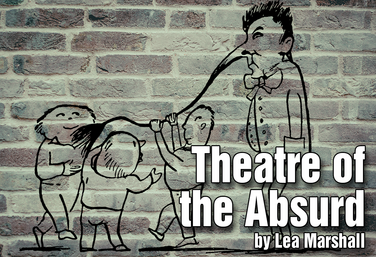
Theatre of the Absurd
by Lea Marshall
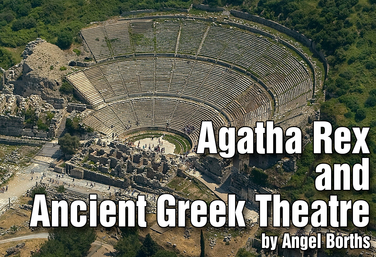
Agatha Rex and Ancient Greek Theatre
by Angel Borths
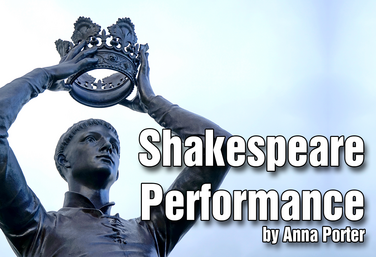
Shakespeare Performance
by Anna Porter
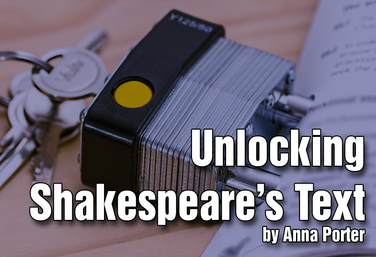
Unlocking Shakespeare's Text
by Anna Porter
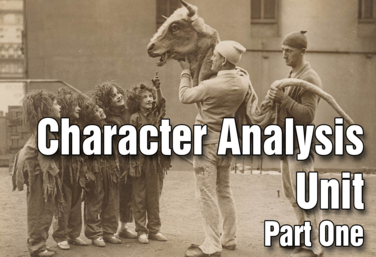
Part of the Drama Two Curriculum
Character Analysis - Part 1
by Matt Webster
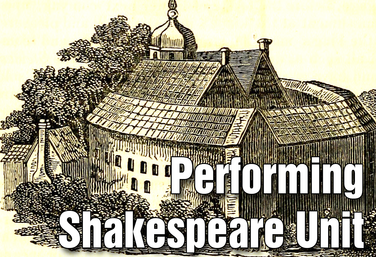
Part of the Drama Two Curriculum
Performing Shakespeare
by Matt Webster
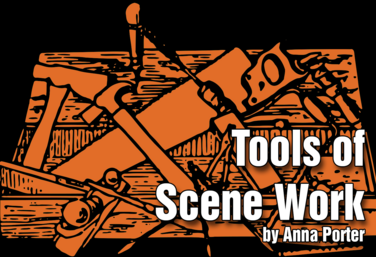
Tools of Scene Work
by Anna Porter
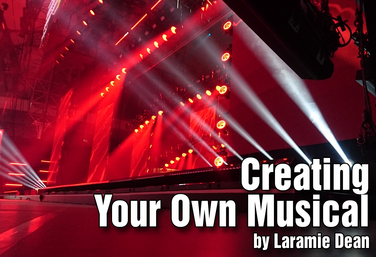
Creating Your Own Musical
by Laramie Dean
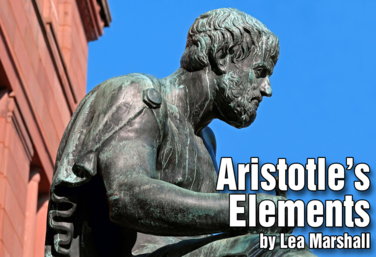
Aristotle's Elements
by Lea Marshall
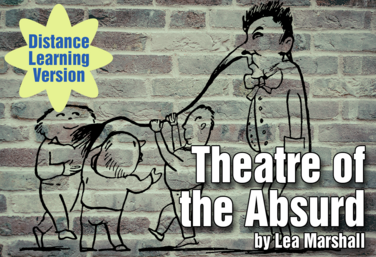.png)
Part of the Distance Learning Curriculum
Theatre of the Absurd
by Lea Marshall
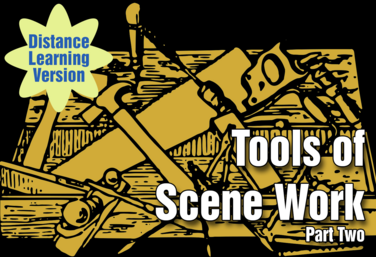
Part of the Distance Learning Curriculum
Scene Work: Part 2, Student Self Staging
by Lindsay Price
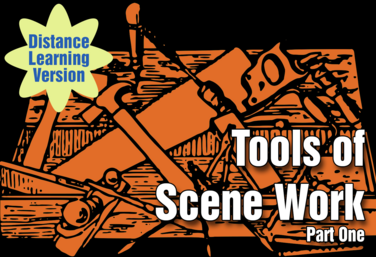
Part of the Distance Learning Curriculum
Scene Work: Part 1, Tools of Scene Work
by Lindsay Price
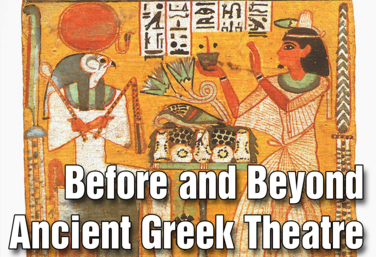
Part of the Theatre History Curriculum
Unit 1: Before and Beyond Ancient Greek Theatre
by Drama Teacher Academy
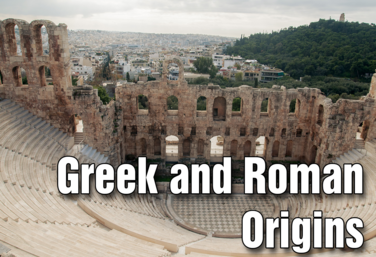
Part of the Theatre History Curriculum
Unit 2: Greek & Roman Origins
by Drama Teacher Academy
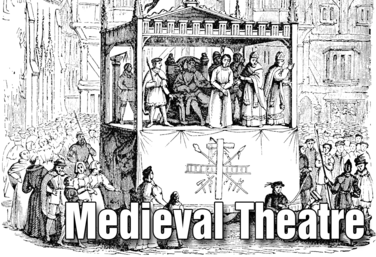
Part of the Theatre History Curriculum
Unit 3: Medieval Theatre
by Drama Teacher Academy
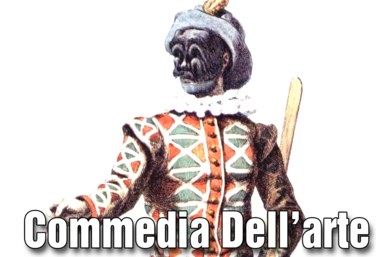
Part of the Theatre History Curriculum
Unit 4: Commedia Dell'Arte
by Drama Teacher Academy
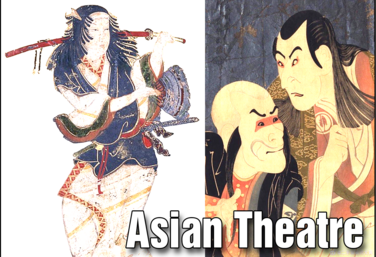
Part of the Theatre History Curriculum
Unit 5: Asian Theatre
by Drama Teacher Academy
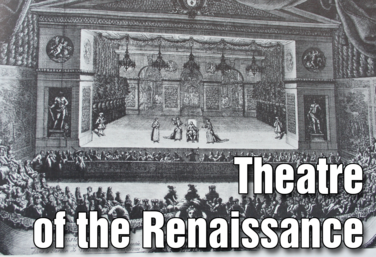
Part of the Theatre History Curriculum
Unit 6: Theatre of the Renaissance
by Drama Teacher Academy
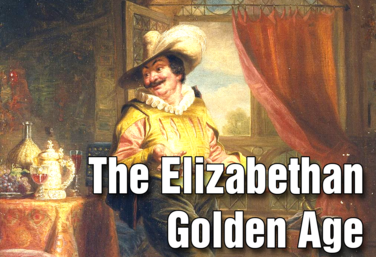
Part of the Theatre History Curriculum
Unit 7: The Elizabethan Golden Age
by Drama Teacher Academy
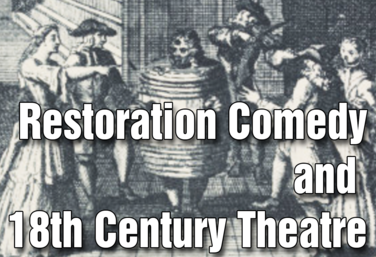
Part of the Theatre History Curriculum
Unit 8: Restoration Comedy & 18th Century Theatre
by Drama Teacher Academy
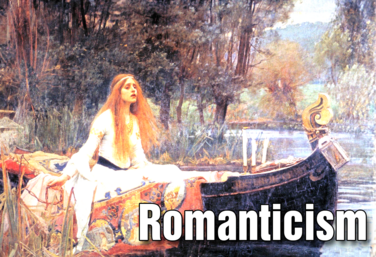
Part of the Theatre History Curriculum
Unit 9: Romanticism
by Drama Teacher Academy
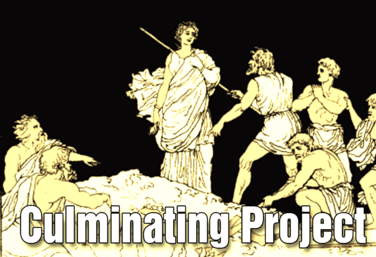
Part of the Theatre History Curriculum
Culminating Project
by Drama Teacher Academy
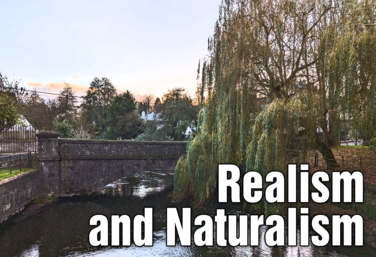.png)
Realism and Naturalism
by Drama Teacher Academy
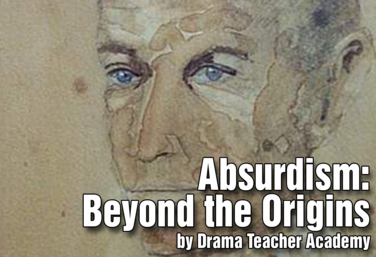
Absurdism: Beyond the Origins
by Drama Teacher Academy

Spoken Word Poetry
by Quincy Young
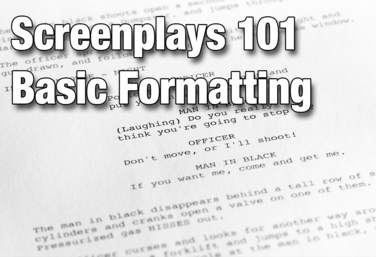
Screenplays 101: Basic Formatting Unit
by Nicholas Pappas
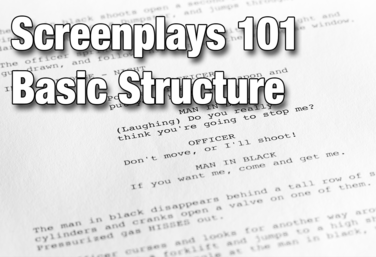
Screenplays 101: Basic Structure Unit
by Nicholas Pappas
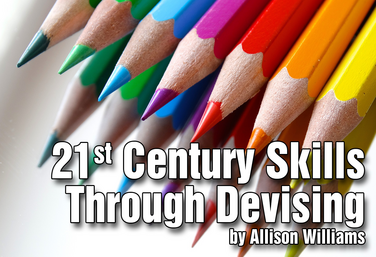
21st Century Skills Through Devising
by Allison Williams
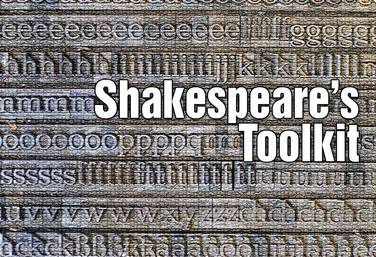.png)
Shakespeare's Toolkit
by Todd Espeland
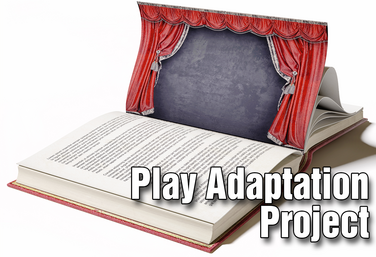
Play Adaptation Project
by Lindsay Price
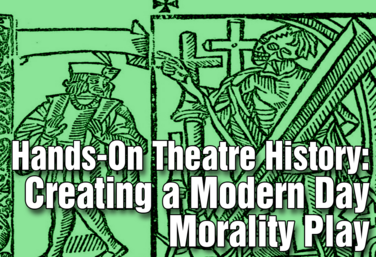
Hands-On Theatre History: Creating a Modern Day Morality Play
by Wendy-Marie Martin
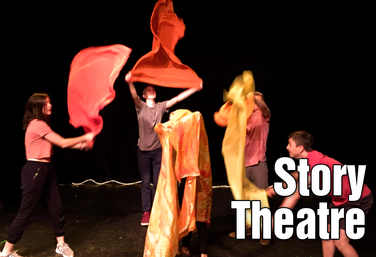
Story Theatre
by Matt Webster
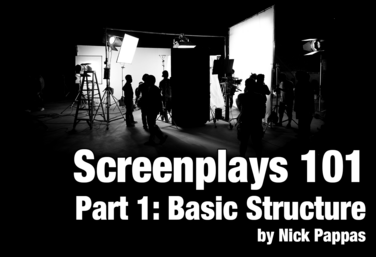
Screenplays 101 - Part 1: Basic Structure
by Nicholas Pappas
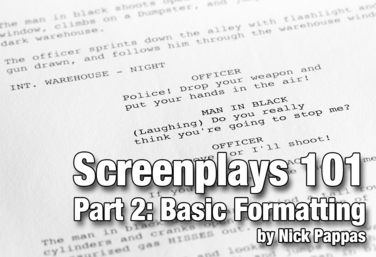
Screenplays 101 - Part 2: Basic Formatting
by Nicholas Pappas
View all Standards for Texas Essential Knowledge and Skills for Theatre Arts Standards Master List